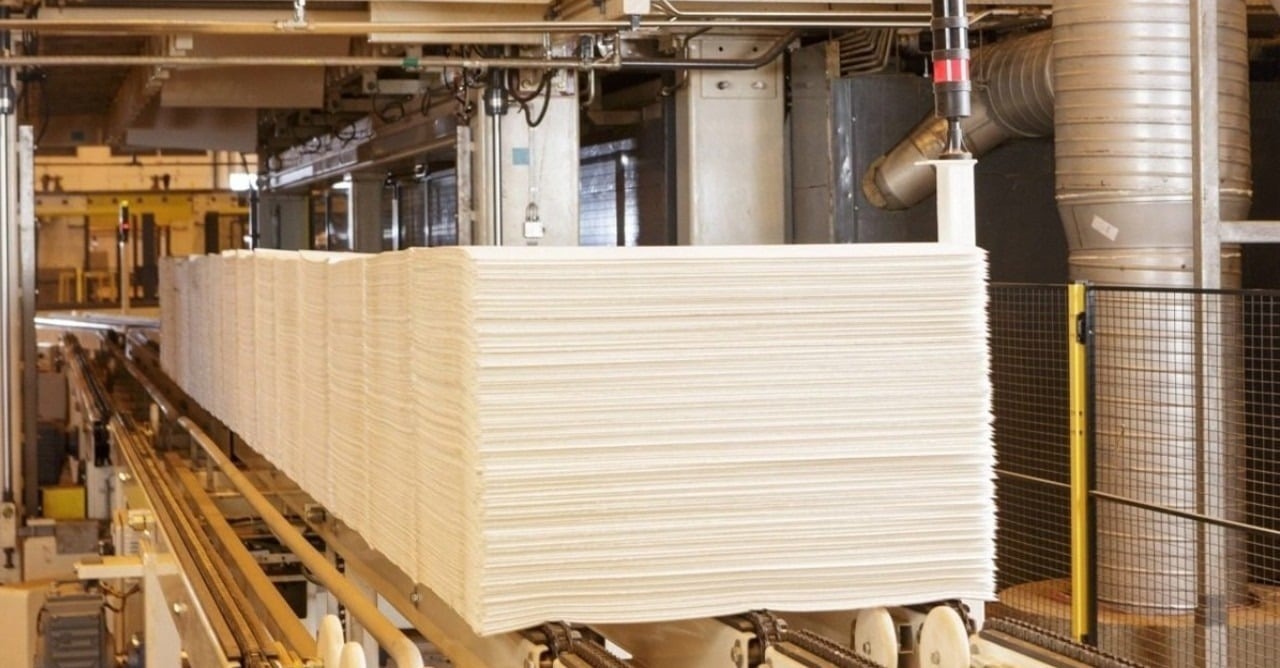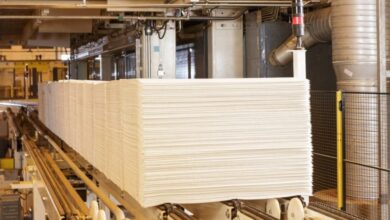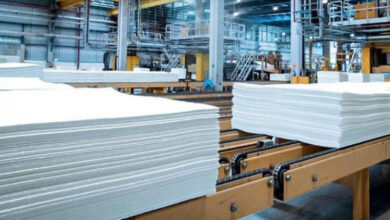
Pulp prices continues to rise in the global market: nominal raw material prices are reaching record levels this year and there are no signs, at least in the coming months, of a sharp correction. Producers are announcing monthly readjustments, supported by a limited supply due to logistical bottlenecks, war in Ukraine, facilities problems, and delays in the start-up of new production lines.
In China, the world’s largest consumer of the commodity, the net price of hardwood has increased by more than 40% in six months – and is expected to rise further, with the application of the increase of US$ 30 per ton announced for June, approaching US$ 840 per ton. Overall, analysts project an average price of more than $700 per ton in 2022.
Analysts and industry sources believe there is scope for implementation of this adjustment, as well as the US$50 and US$60 per ton for Europe and North America this month. In these markets, the reference prices practiced by the pulp company Suzano will reach US$ 1,350 and US$ 1,580 per ton, respectively. The commercial director of pulp and people and management of Suzano, Leonardo Grimaldi, said that negotiations to apply the new adjustments are still ongoing, but the company is optimistic.
“Logistics is the origin of everything and we see no prospect of improvement for the second half of the year”, says Grimaldi. While concerns about demand in the third quarter have been ruled out, there are uncertainties regarding the fourth quarter, considering the risk of recession exacerbated by the war between European countries.
Congestion in ports and the increase in sea freight, especially of containers in the case of pulp, and unexpected stops in facilities reduced the availability of raw material in the market and the level of inventories throughout the value chain, still in a critical state.
In the first four months of the year alone, these events have already reduced global supply by 1.65 million tonnes – almost equivalent to the growth in world consumption in one year. The figures do not include the recent stop at Arauco’s plant in Valdivia, Chile, after a fire in late May. The unit has a capacity of 550 thousand tons per year and, since 2020, mainly produces dissolving pulp.
The invasion of Ukraine by Russia, in turn, mainly impacted the supply of wood for pulp production in Europe. “Finland depends on 15% of wood coming from Russia to feed its pulp production”, says Marcelo Schmid, managing partner of the Index group and a master’s in forestry economics and policy. Also because of the war, relevant certifiers, such as the FSC (Forest Stewardship Council), removed their seal from Russian forest products, which practically makes trade with Europeans unfeasible.
Analyst Daniel Sasson, from Itaú BBA, also sees room for application of the increases announced for this month, but highlights that they increase the pressure on paper companies, especially in the Asian market. Even so, the tight relationship between supply and demand favors the new adjustment. “Prices may be adjusted and normalized as of the fourth quarter, with the entry into operation of new capacities, if there is no delay in the Mapa project”, he assesses.
While the start-up of the new UPM pulp mill in Uruguay was postponed from this year to the first quarter of 2023, the operation of Arauco’s Projeto Mapa had its start postponed once again, this time to the third quarter.
In a report from last week, Bradesco BBI raised estimates for hardwood prices to US$ 775 per ton this year and US$ 730 per ton in 2023. For analysts Thiago Lofiego, Isabella Vasconcelos and Camilla Barder, the logistical bottlenecks will be circumvented and will culminate in price adjustments, but gradually. Still, next year should also be of limited supply.
“We believe that UPM’s Paso de Los Toros unit [in Uruguay] will be postponed again, due to logistical and supplier constraints,” they wrote. In addition, Bracell continues to produce increasing volumes of dissolving pulp – and not eucalyptus –, among other factors that reduce the projection of additional supply from 2.5 million tons to 1.6 million tons in 2023.
At the same time, pulp demand next year is expected to be boosted by the replenishment of inventories – since the fourth quarter of 2020, they have retreated about 1.8 million tons in consumers, according to data from Hawkins Wright.
The highest price of eucalyptus pulp in China was US$ 830 per ton in June 2010, in the bank’s historical series, analyst Carlos De Alba said in a note to clients.









